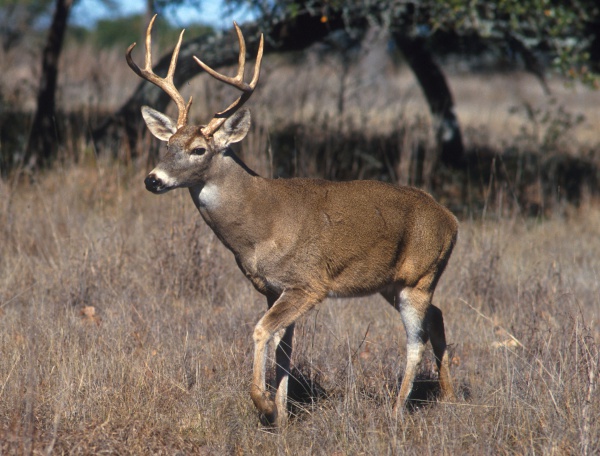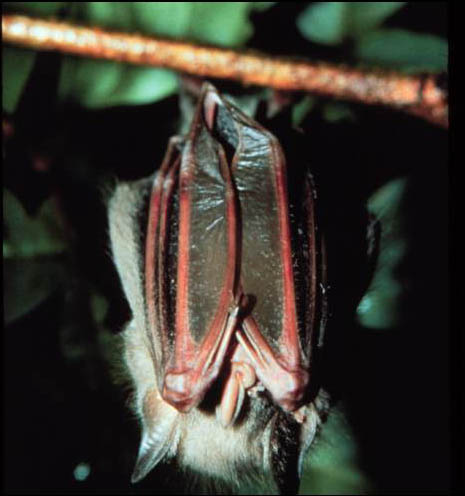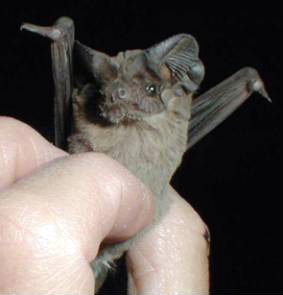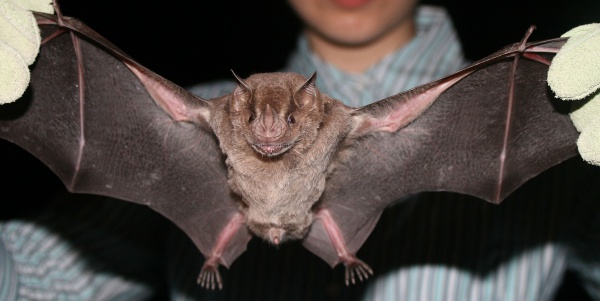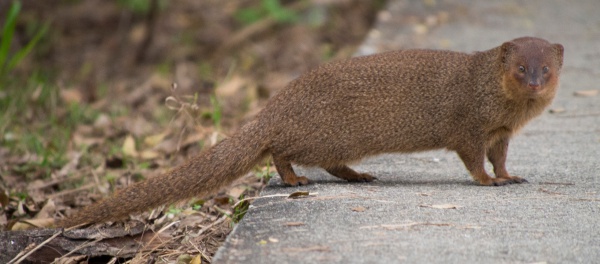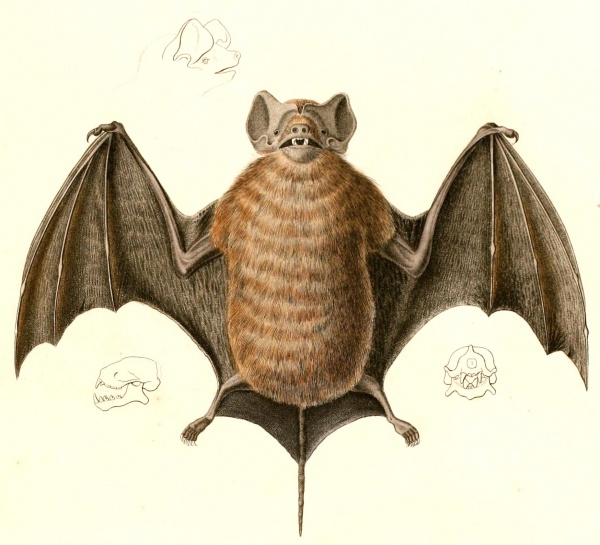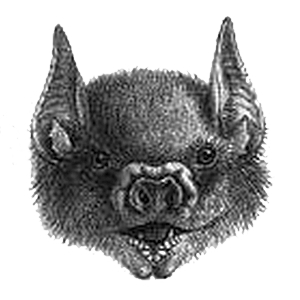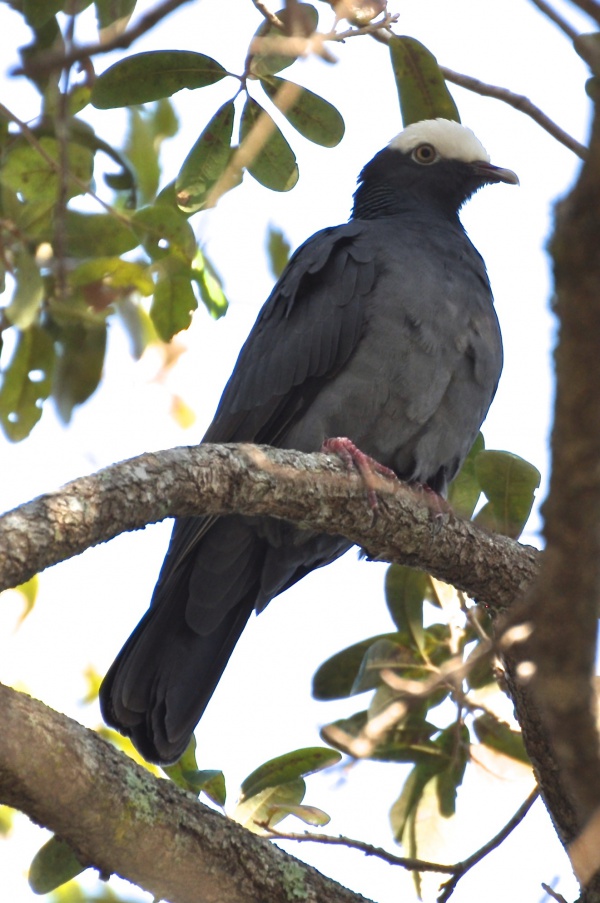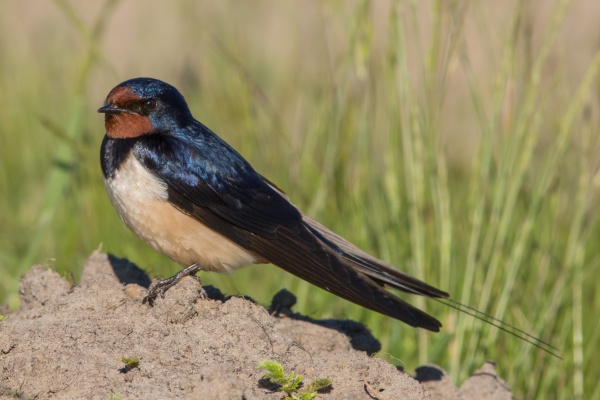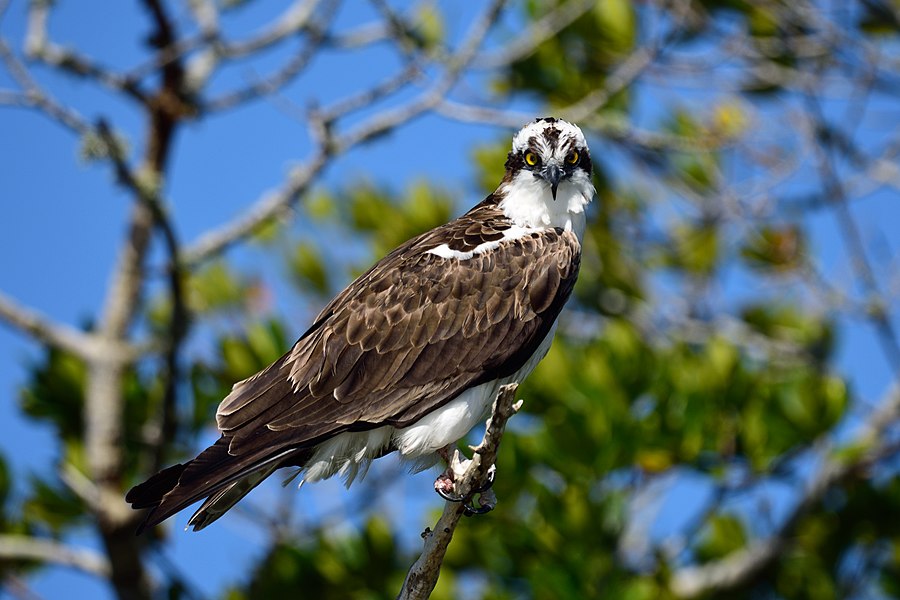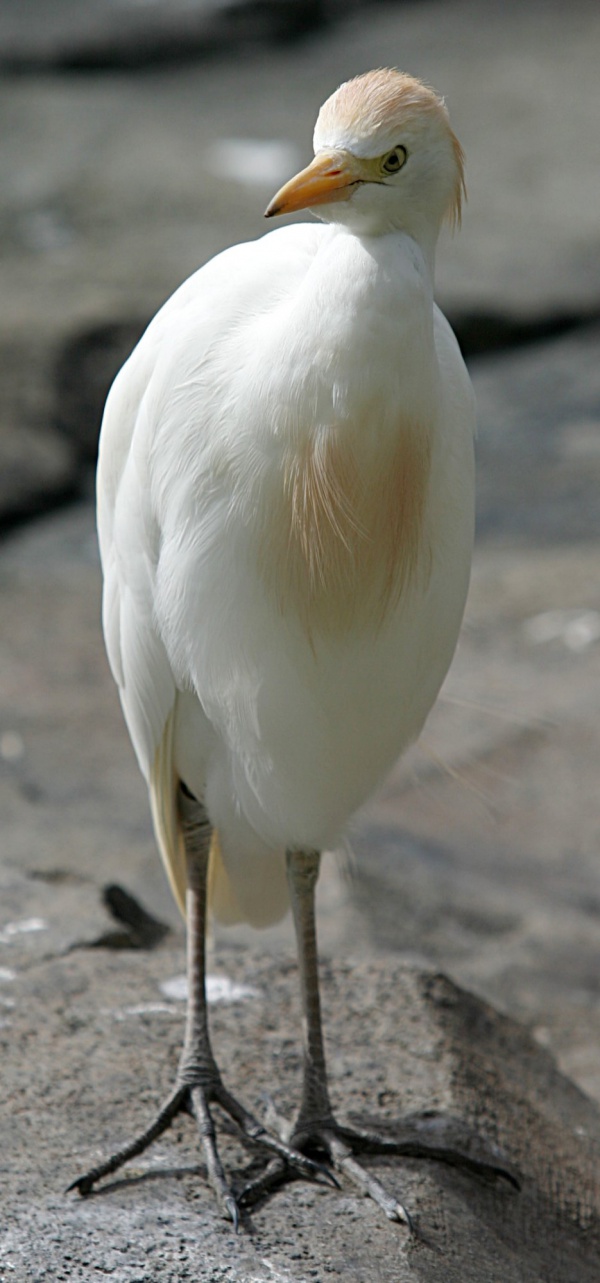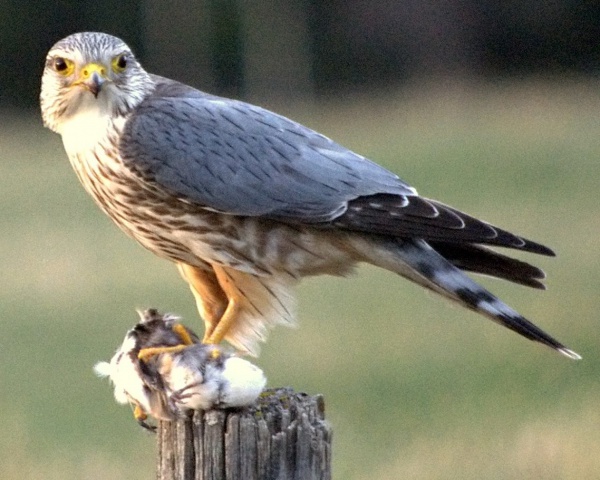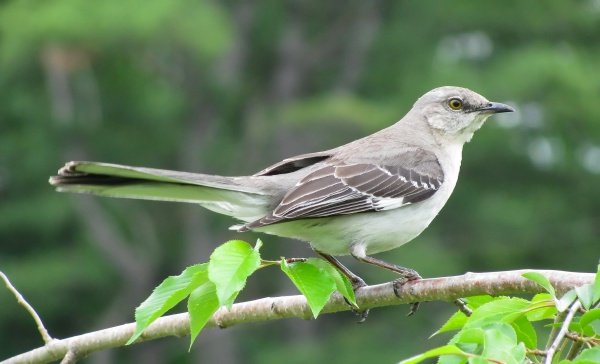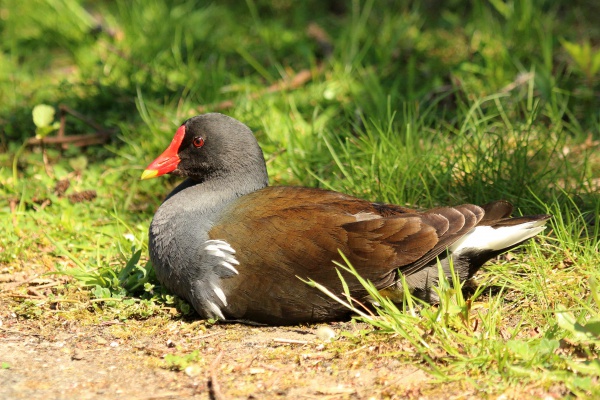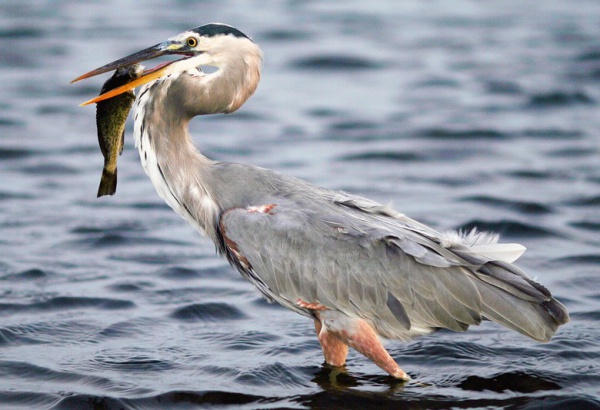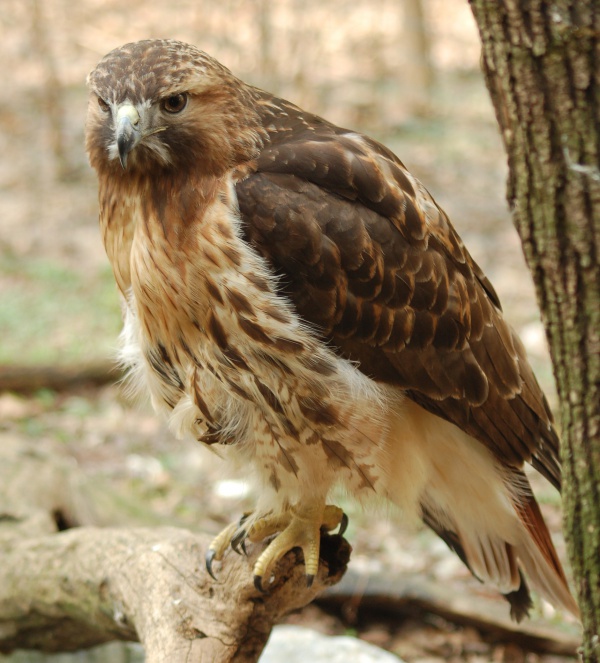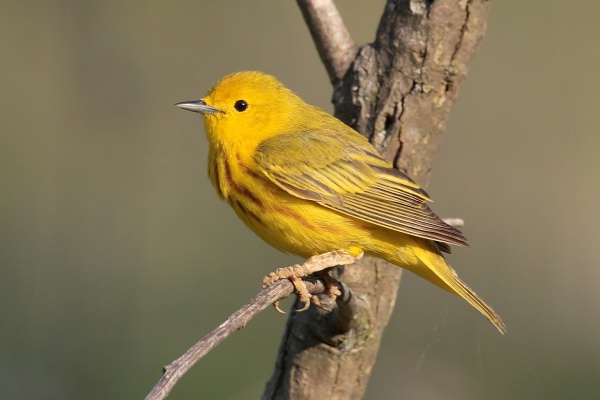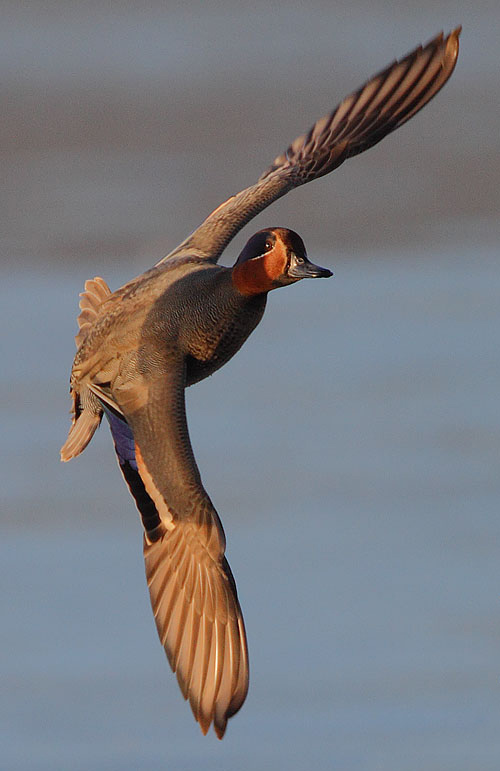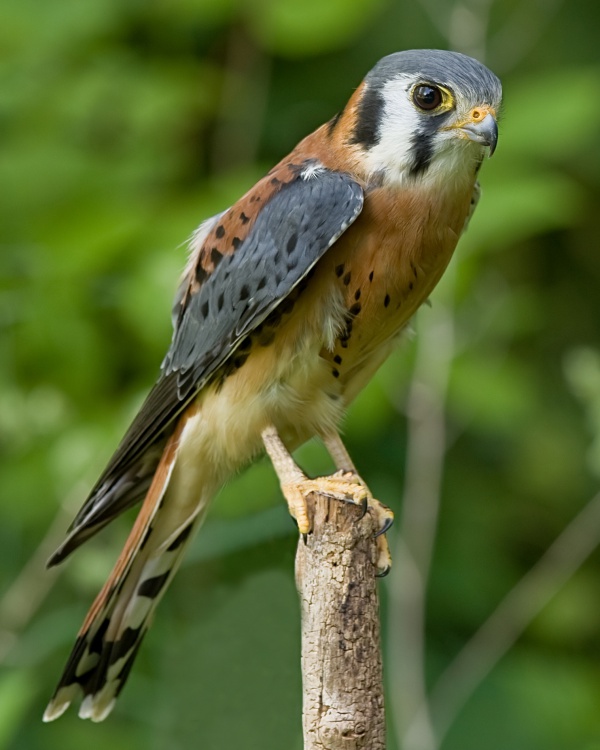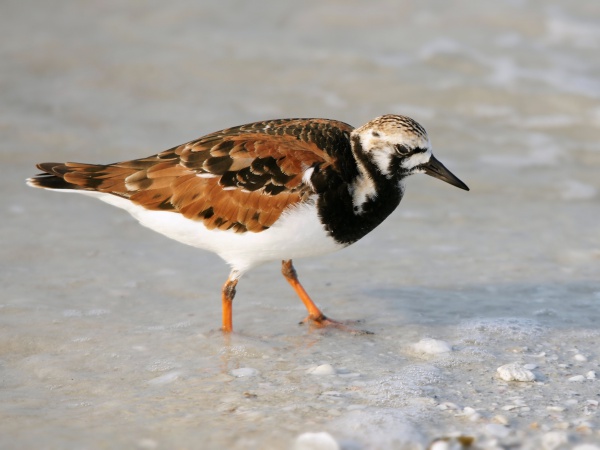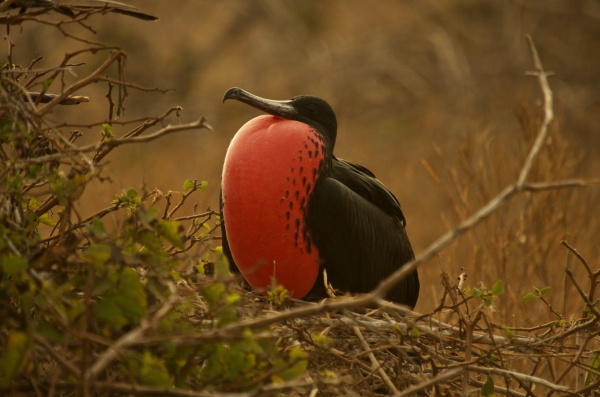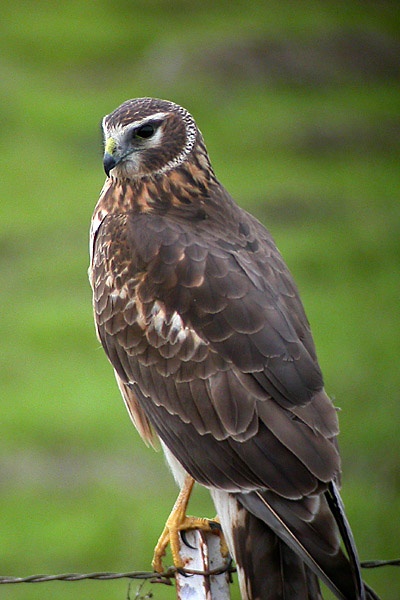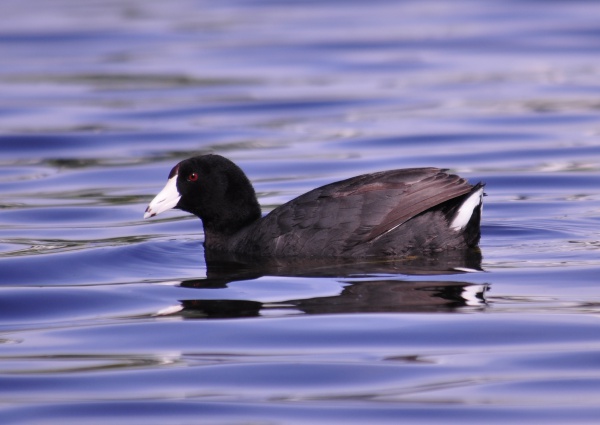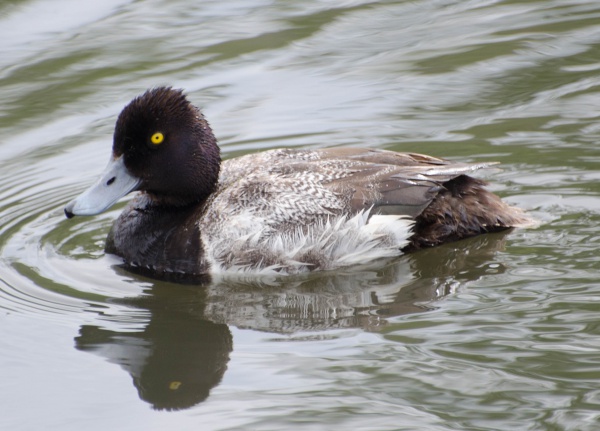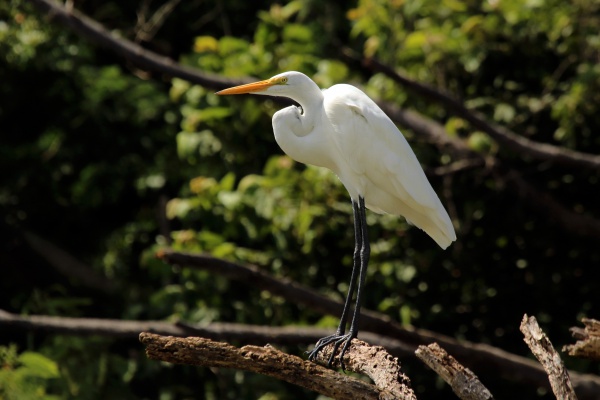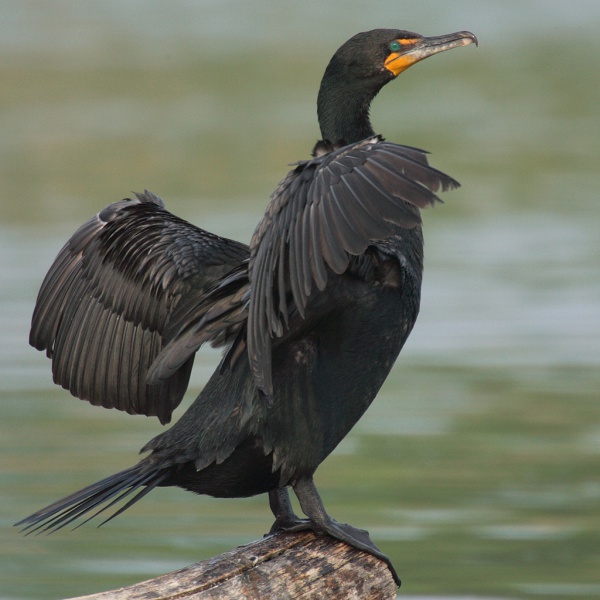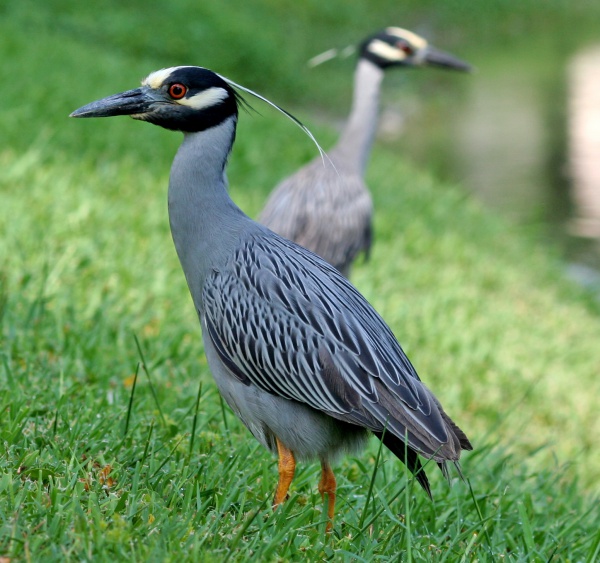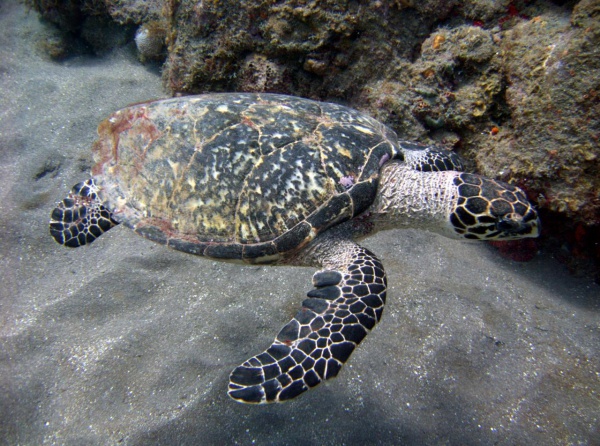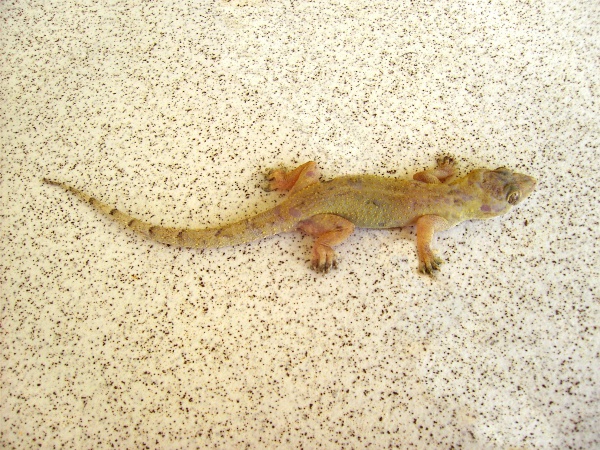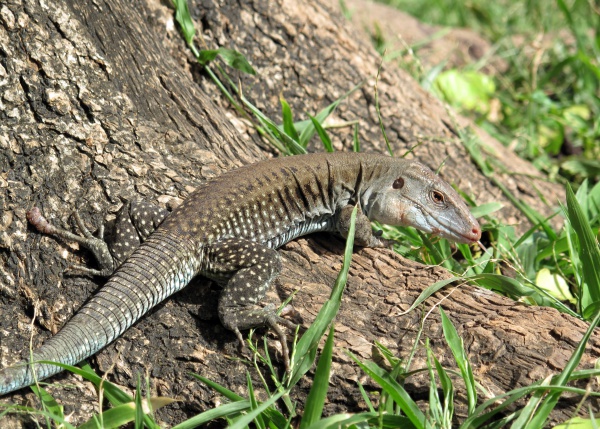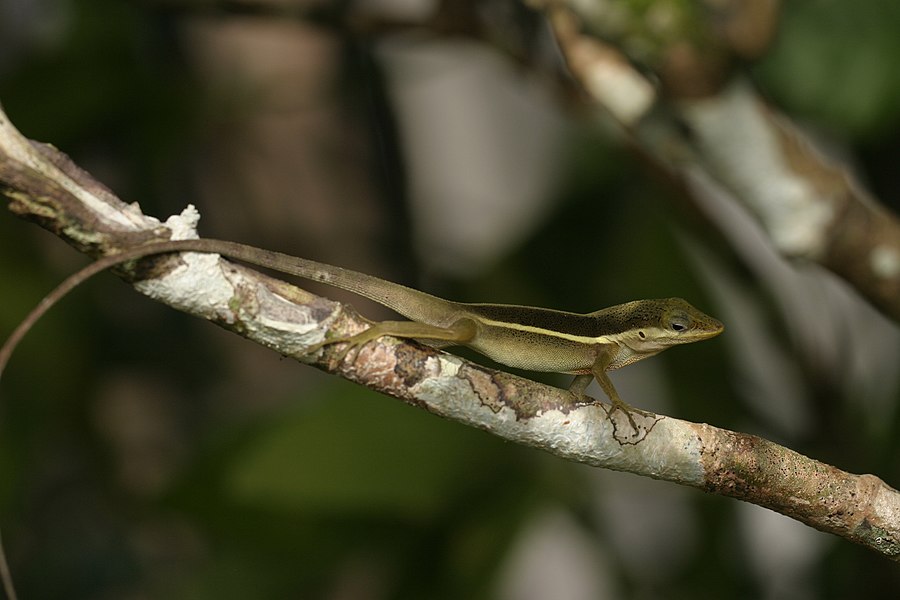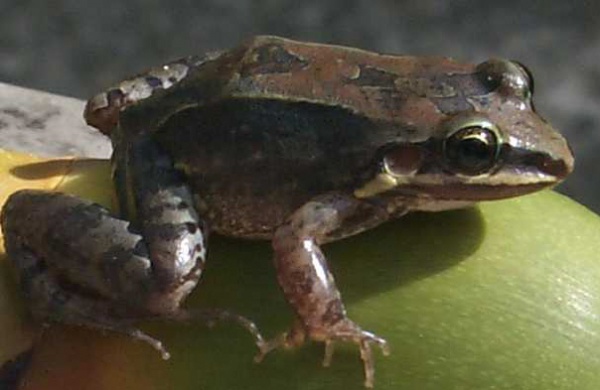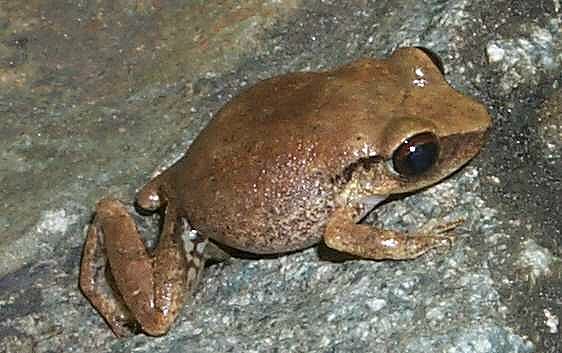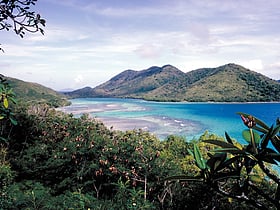
US Virgin Islands Animals
US Insular area
Follow the Trail of Wild Nature – Nature Tourism in US Virgin Islands
The US Virgin Islands, a tropical paradise in the Caribbean, are home to a diverse range of fascinating wildlife. From the crystal-clear waters teeming with colorful fish to the lush rainforests echoing with the calls of exotic birds, the islands offer a unique opportunity to encounter a variety of animal species in their natural habitats.
As you explore the US Virgin Islands, keep an eye out for the graceful green sea turtles that glide through the ocean, the playful dolphins that leap in the waves, and the magnificent humpback whales that migrate through the surrounding waters. On land, you may encounter the charming and elusive Virgin Islands tree boa, as well as the vibrant and melodious bananaquit, a small bird known for its cheerful presence in the island's gardens and forests. Join us on a journey to discover the captivating wildlife that calls the US Virgin Islands home.
Mammals of the U.S. Virgin Islands
In the lush landscapes of the US Virgin Islands, one can encounter a variety of fascinating mammals that call this tropical paradise home. The most common native land mammal is the Virgin Islands' slender mongoose, introduced to control rats and snakes. Bats, such as the red fruit bat and the Virgin Islands tree bat, flit through the night skies, playing a crucial role in pollination and insect control. While exploring the islands, one might also spot feral animals like horses, donkeys, and pigs, descendants of domesticated animals brought by European settlers, now roaming free. These mammals, alongside introduced white-tailed deer on St. Croix, contribute to the diverse and vibrant wildlife tapestry of the US Virgin Islands.
Birds of the U.S. Virgin Islands
As you explore the lush landscapes of the US Virgin Islands, you'll be serenaded by the rich avian symphony of the region. The islands are a haven for bird enthusiasts, boasting species such as the vibrant Puerto Rican Spindalis, known for its striking coloration and melodious song. The Bananaquit, with its sweet tooth for nectar, flits energetically among the flowers. Overhead, the magnificent frigatebird soars with its impressive wingspan, a master of the coastal winds. The Brown Pelican, a symbol of coastal resilience, can be seen diving for fish along the shores. These are just a few of the feathered treasures that grace the skies and landscapes of this tropical paradise, offering a glimpse into the rich biodiversity of the Caribbean.
Reptiles, Amphibians
Top Spots for Wildlife Observation in the US Virgin Islands
- Virgin Islands National Park, located on the island of St. John, is a tropical paradise where you can encounter a variety of wildlife. The park's lush forests and coral reefs are home to numerous species, including the white-tailed deer, mongoose, and the endangered Virgin Islands boa. Birdwatchers can delight in spotting the bananaquit, the brown pelican, and the magnificent frigatebird.
- Buck Island Reef National Monument, situated off the coast of St. Croix, is a haven for marine life. The clear waters surrounding the island are teeming with colorful fish, such as parrotfish, angelfish, and blue tangs. Visitors can also observe hawksbill turtles and green sea turtles, which are known to nest on the island's beaches.
- Sandy Point National Wildlife Refuge, also on St. Croix, is a critical nesting habitat for the leatherback sea turtle, the largest of all living turtles. The refuge's beaches are one of the most important leatherback nesting sites under U.S. jurisdiction. In addition to these gentle giants, the area supports a variety of shorebirds and seabirds, including the least tern and the brown pelican.
- Salt River Bay National Historical Park and Ecological Preserve on St. Croix offers a unique blend of marine and terrestrial environments. The mangrove forests and estuaries are a sanctuary for juvenile fish and crustaceans. Bird enthusiasts can observe herons, egrets, and kingfishers, while the park's waters are a habitat for the West Indian manatee, a gentle marine mammal.
- St. Croix East End Marine Park is the first territorial marine park established to protect the diverse marine ecosystems found on the east end of St. Croix. The park's coral reefs and seagrass beds are bustling with life, including spotted eagle rays, nurse sharks, and a variety of coral species. The park also provides protection for nesting sea turtles and migratory birds.
